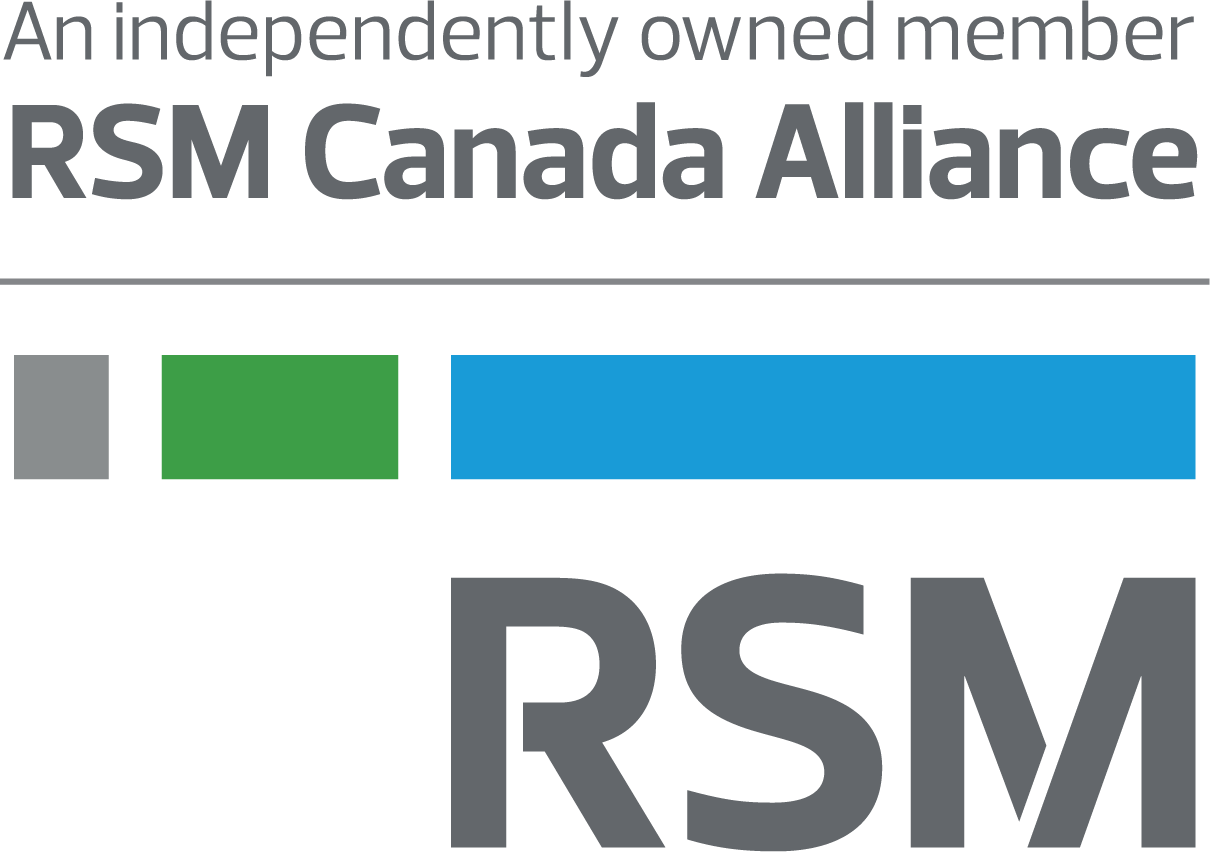Executive Summary
On Nov. 3, 2022, Canada’s Minister of Finance, Chrystia Freeland, released Canada’s Fall Economic Statement; the government’s first update in the wake of high inflation, increasing interest rates, and economic uncertainty. The 2022 Fall Economic Statement introduces several new tax measures and affirms the government’s intention to proceed with previously announced tax measures, although the implementation date of some key measures is being delayed (trust reporting rules, mandatory disclosure rules, and excessive interest and financing expense limitation rules).
Along with the 2022 Fall Economic Statement, the government both (i) released draft legislation for public consultation in respect of some tax measures and (ii) introduced Bill C-32 into Parliament to implement many other tax measures. This alert summarizes the key measures from the government’s Fall Economic Statement, draft legislation, and the proposed legislation currently before Parliament.
New tax measures announced in the Economic Statement
The following is a list of the new tax measures announced in the Economic Statement. These are not yet in effect, as the government indicated that it will provide details in the 2023 Federal Budget or at a later date.
- A tax on share buybacks. The government announced its intention to introduce a corporate-level 2% tax that would apply on the net value of all types of share buybacks by public corporations in Canada, similar to a recent measure introduced in the United States. The details of this new tax will be announced in Budget 2023, and the tax would come into force on January 1, 2024.
- Revisions to the Alternative Minimum Tax. The Alternative Minimum Tax (AMT) has been in effect for more than 35 years and is intended to ensure that high-income individuals cannot lower their tax bill too much. The government intends to revise (read and enhance) the AMT in the 2023 Federal Budget.
- Investment tax credit for clean technologies. To attract investments in Canada’s clean technologies, the government proposes a refundable tax credit of up to 30% of the capital cost of investments in eligible equipment for property available for use on or after the day that the 2023 Budget is released.
- Residential property-flipping rule will apply to assignment sales. Starting on Jan. 1, 2023, profits arising from dispositions of residential property (including rental property) that was owned for less than 12 months is deemed to be business income (subject to limited exceptions). The government proposes to extend this new deeming rule to profits arising from the disposition of the rights to purchase a residential property via an assignment sale.
Intention to proceed with previously-announced measures
The government reiterated its intention to proceed with previously-announced tax measures and introduced Bill C-32 to implement these measures. Below are some of the notable measures:
- Introducing the Canada Recovery Dividend under which banks and life insurance companies pay a temporary one-time 15% tax on taxable income above $1 billion over five years;
- Increasing the corporate income tax rate of banks and life insurance companies by 1.5% on taxable income above $100 million;
- Raising the upper limit for the phase-out of the small business tax rate from $15 million to $50 million;
- Providing that a tax benefit as defined in the general anti-avoidance rule (GAAR) applies includes an increase in tax attributes that have not yet been used to reduce taxes;
- Strengthening the rules on avoidance of tax debts (i.e., enhancing the government’s power to collect unpaid tax debts); and
- Increasing reporting requirements for trusts, however, the Bill C-32 delays the implementation by one year: for taxation years that end after Dec. 30, 2023 (instead of after Dec. 30, 2022). Bare trusts are still included in the scope of the trust rules.
Notably absent from Bill C-32 are the new Mandatory Disclosure Rules (reportable transactions, notifiable transactions, and uncertain tax treatments). The government still intends to proceed with these rules but confessed that it needs more time to consider the feedback it received from the tax community before it proceeds with legislation. As a result, the proposed implementation date of Jan. 1, 2023, for reportable transactions and notifiable transactions is being pushed back to an unspecified date (whenever the legislation for the mandatory disclosure rules receives Royal Assent). The government still intends to have the uncertain tax treatment rules apply for taxation years starting on or after Jan. 1, 2023 (but the penalties will not be applicable until the legislation receives Royal Assent).
Excessive interest and financing expense limitation rules
The excessive interest and financing expense limitation (EIFEL) rules – announced as part of Budget 2021 – were first released in draft form on Feb. 4, 2022. On Nov. 3, 2022, the Department of Finance released an updated package of the draft EIFEL legislation, which provides essential considerations to the middle market of Canada.
The EIFEL rules have not been enacted yet. However, it is not too early to consider their application.
What is EIFEL?
The EIFEL rules limit a taxpayer’s interest and financing deduction (i.e., interest and financing expenses (IFE) net of interest and financing revenues (IFR)) to a fixed ratio of earnings before interest, taxes, depreciation, and amortization (EBITDA), referred to as adjusted taxable income (ATI). The EIFEL rules apply after the existing limitations on the deductibility of IFE including the thin-capitalization rules under the Income Tax Act (Act).
IFE includes, among other things: interest; financing expenses that are ‘capitalized’ and deducted as capital cost allowance or as amounts in respect of resource expenditure pools; an imputed amount of interest in respect of certain finance leases; certain amounts that are economically equivalent to interest or that can reasonably be considered part of the cost of funding; and various expenses incurred in obtaining financing. IFR includes the taxpayer’s interest income, as well as other income from the provision of financing.
The ratio of permissible IFE, or taxpayers’ deduction capacity, will be 40% for taxpayers with a taxation year beginning on or after Oct. 1, 2023, and before Jan. 1, 2024. This ratio will reduce to 30% for taxation years beginning on or after Jan. 1, 2024. The denied IFE will be carried forward indefinitely and may be deducted in a future tax year where the taxpayer has sufficient capacity. Where the taxpayer’s IFE is less than its deduction capacity, the taxpayer will be able to carry forward the deduction capacity to apply against its own IFE in the next three tax years. Alternatively, a taxpayer may transfer the excess deduction capacity to another group member, subject to certain conditions.
To whom does EIFEL apply?
The EIFEL rules apply to taxpayers that are corporations or trusts, including non-resident corporations or trusts that earn income in Canada. The rules also apply to members of a partnership who are corporations or trusts, with the IFE and IFR being attributed to them in proportion to their interest in the partnership.
The following entities are excluded from the EIFEL regime:
- CCPCs, together with any associated corporations have taxable capital employed in Canada of less than $50 million;
- Groups of corporations and trusts whose aggregate net interest expense among their Canadian members is $1 million or less;
- Certain standalone Canadian resident corporations and trusts and groups consisting exclusively of Canadian resident corporations and trusts that carry on substantially all their business in Canada. This exception will not apply where a group member has a ‘material’ foreign affiliate, a non-resident holds a ‘significant’ interest in any group member, or a group member has any ‘significant’ amount of IFE paid to a non-arm’s length ‘tax-indifferent investor’ such as a non-resident or a person exempt from tax.
Excluded and exempt IFE
Subject to certain conditions, taxpayers (including corporations and partnerships) may file an election to exclude IFE and IFR from the application of the 30% or 40% fixed ratio of deductible IFE when they are members of the same corporate group. This election facilitates domestic loss-consolidation transactions, which allow the losses of one group member to offset against the income of another group member.
Further, IFE incurred in respect of certain public-private partnership infrastructure projects (P3 projects), e.g., to design, build, finance, maintain, and operate, real or immovable property owned by the public sector authority, will be exempt from the scope of the rules.
The group ratio method of calculating deduction capacity
Taxpayers who are members of an accounting consolidated group or would be if the group were required to prepare such statements under IFRS, can elect to deduct IFE based on a group ratio, which may be in excess of the fixed ratio.
The maximum amount of IFE the consolidated group members are collectively permitted to deduct is generally determined as the lowest of: (i) the total of each Canadian group member’s ATI multiplied by the group ratio; (ii) the consolidated group’s net interest expense; and (iii) the total amount of ATI of each group member. The group may apportion this maximum deductible amount among its Canadian group members in its group ratio election. This flexible allocation mechanism allows taxpayers to redistribute the group ratio deduction capacity where it is most needed.
What should corporations do?
Once enacted, these rules will have a significant impact on the tax obligations of resident and non-resident taxpayers having IFE from arm’s length or non-arm’s length sources. Further, IFE paid before the enactment of these rules (i.e., during “pre-regime” years), including the present tax year, will affect the taxpayer’s beginning balance of carryforward deduction capacity. Therefore, taxpayers should carefully analyze the application of these rules along with other provisions in the Act on the deductibility of IFE.
Rules for reporting income in the digital world and gig economy
The Department of Finance has released draft legislation to adapt the OECD’s “Model Rules for Reporting by Platform Operators with respect to Sellers in the Sharing and Gig Economy” for Canadian income tax purposes. The government sees these rules as necessary because the gig economy is causing a shift away from traditional employment relationships and, therefore, the traditional employer reporting obligations. Many of these gig economy businesses operate through online platforms – e.g., Airbnb and Uber – necessitating new reporting obligations.
These legislative changes will not create additional tax liability. Instead, the resulting reporting will provide the CRA with additional information to ensure tax compliance from those who use online platforms to provide goods or services. The draft legislation is slated to come into force on Jan. 1, 2024.
Reporting entities
The draft legislation introduces several new definitions and entities. For the purposes of this summary, below is a high-level overview of “reporting platform operator” and “seller”. Sellers are platform users registered on the platform during the relevant period to provide goods or services. This group is further subdivided into three categories: active sellers, excluded sellers, and reportable sellers. Reportable sellers are sellers that provide services or sell goods, receiving consideration for selling goods or providing relevant services during the period unless an exclusion applies.
Reportable sellers face a penalty if they fail to provide their tax identification number, such as a business number, to the reporting platform operator unless they are exempted from providing the number.
A reporting platform operator is any platform operator other than an excluded platform operator that is either resident in Canada or facilitates activities by sellers resident in Canada or related to immovable property located in Canada.
Reporting and record-keeping requirements
Reporting platform operators will need to file the prescribed form for the prior reporting period by Jan. 31 of each year unless another reporting platform operator satisfies the reporting requirement. The form will include information about the reporting platform operator, the reportable sellers, and business operations conducted through the platform. The same information must be provided to each reporting seller by Jan. 31. Consequently, the reporting platform operator is required to obtain the identifying information from each seller except excluded sellers who use their platform and keep records according to the requirements in the legislation. The information must be collected and verified by Dec. 31 of each year.
This article was written by Yoni Moussadji, Nakul Kohli, Cassandra Knapman, Sigita Bersenas, Simon Townswend and originally appeared on 2022-11-08.
The information contained herein is general in nature and based on authorities that are subject to change. RSM Canada guarantees neither the accuracy nor completeness of any information and is not responsible for any errors or omissions, or for results obtained by others as a result of reliance upon such information. RSM Canada assumes no obligation to inform the reader of any changes in tax laws or other factors that could affect information contained herein. This publication does not, and is not intended to, provide legal, tax or accounting advice, and readers should consult their tax advisors concerning the application of tax laws to their particular situations. This analysis is not tax advice and is not intended or written to be used, and cannot be used, for purposes of avoiding tax penalties that may be imposed on any taxpayer.
RSM Canada Alliance provides its members with access to resources of RSM Canada Operations ULC, RSM Canada LLP and certain of their affiliates (“RSM Canada”). RSM Canada Alliance member firms are separate and independent businesses and legal entities that are responsible for their own acts and omissions, and each are separate and independent from RSM Canada. RSM Canada LLP is the Canadian member firm of RSM International, a global network of independent audit, tax and consulting firms. Members of RSM Canada Alliance have access to RSM International resources through RSM Canada but are not member firms of RSM International. Visit rsmcanada.com/aboutus for more information regarding RSM Canada and RSM International. The RSM trademark is used under license by RSM Canada. RSM Canada Alliance products and services are proprietary to RSM Canada.
 |
DJB is a proud member of RSM Canada Alliance, a premier affiliation of independent accounting and consulting firms across North America. RSM Canada Alliance provides our firm with access to resources of RSM, the leading provider of audit, tax and consulting services focused on the middle market. RSM Canada LLP is a licensed CPA firm and the Canadian member of RSM International, a global network of independent audit, tax and consulting firms with more than 43,000 people in over 120 countries.
Our membership in RSM Canada Alliance has elevated our capabilities in the marketplace, helping to differentiate our firm from the competition while allowing us to maintain our independence and entrepreneurial culture. We have access to a valuable peer network of like-sized firms as well as a broad range of tools, expertise, and technical resources.
For more information on how DJB can assist you, please contact us.
|










